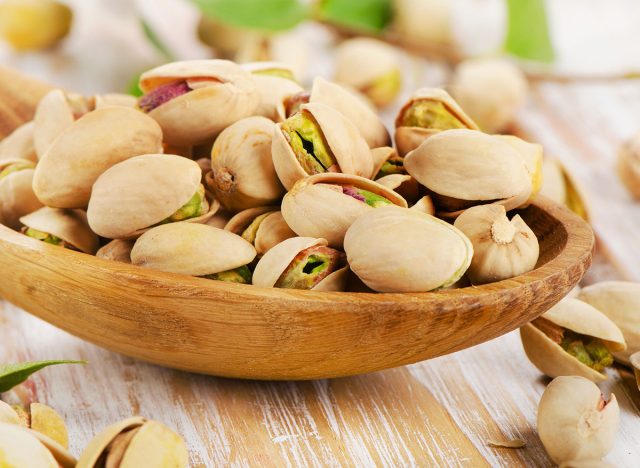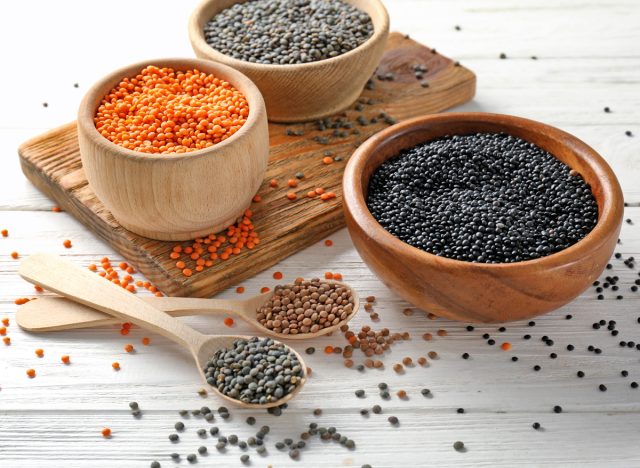Almost half of older adults — more than 26 million people 65 and older — have prediabetes, according to the Centers for Disease Control and Prevention. How concerned should they be?
Not very, say some experts. Prediabetes — a term that refers to above-normal but not extremely high blood sugar levels — isn’t a disease, and it doesn’t imply that older adults who have it will inevitably develop type 2 diabetes, they note.
“For most older patients, the chance of progressing from prediabetes to diabetes is not that high,” said Robert Lash, chief medical officer of the Endocrine Society, commenting on recent research. “Yet labeling people with prediabetes may make them worried and anxious.”
Other experts believe it’s important to identify prediabetes, especially if this inspires older adults to get more physical activity, lose weight, and eat healthier diets to help bring blood sugar under control.
“Always a diagnosis of prediabetes should be taken seriously,” said Rodica Busui, president-elect of medicine and science at the American Diabetes Association, which recommends adults 45 and older get screened for prediabetes at least once every three years. The CDC and the American Medical Association make a similar point in their ongoing “Do I Have Diabetes?” campaign.
Still, many older adults aren’t sure what they should be doing if they’re told they have prediabetes. Nancy Selvin, 79, of Berkeley, Calif., is among them.
At 5 feet and 106 pounds, Selvin, a ceramic artist, is slim and in good physical shape. She takes a rigorous hour-long exercise class three times a week and eats a Mediterranean-style diet. Yet Selvin has felt alarmed since learning last year that her blood sugar was slightly above normal.
“I’m terrified of being diabetic,” she said.
Two recent reports about prediabetes among the older population are stimulating heightened interest in this topic. Until their publication, most studies focused on prediabetes in middle-aged adults, leaving the significance of this condition among older adults uncertain.
The newest study by researchers at the CDC, published in April in JAMA Network Open, examined data from more than 50,000 older patients with prediabetes between January 2010 and December 2018. Just more than 5% of these patients progressed to diabetes annually, the study found.
Researchers used a measure of blood sugar levels over time, hemoglobin A1C. Prediabetes is signified by A1C levels of 5.7% to 6.4% or a fasting plasma glucose test reading of 100 to 125 milligrams per deciliter, according to the diabetes association. (This glucose test evaluates blood sugar after a person hasn’t eaten anything for at least eight hours.)
Of note, study results show that obese older adults with prediabetes were at significantly heightened risk of developing diabetes. Also at risk were Black seniors, those with a family history of diabetes, low-income seniors, and older adults at the upper end (6%-6.4%) of the A1C prediabetes range. Men were at slightly higher risk than women.
The findings can help providers personalize care for older adults, Busui said.
They also confirm the importance of directing older people with prediabetes — especially those who are most vulnerable — to lifestyle intervention programs, said Alain Koyama, the study’s lead author and an epidemiologist at the CDC.
Since 2018, Medicare has covered the Diabetes Prevention Program, a set of classes offered at YMCAs and in other community settings designed to help seniors with prediabetes eat healthier diets, lose weight, and get more physical activity. Research has shown that the prevention program lowers the risk of diabetes by 71% in people 60 and older. But only a small fraction of people eligible have enrolled.
Another study, published in JAMA Internal Medicine last year, helps puts prediabetes in further perspective. Over the course of 6½ years, the study, by researchers at the Johns Hopkins Bloomberg School of Public Health and elsewhere, showed that fewer than 12% of seniors with prediabetes progressed to full-fledged diabetes. By contrast, a larger portion either died of other causes or shifted back to normal blood sugar levels over the study period.
The takeaway? “We know that it’s common in older adults to have mildly elevated glucose levels, but this doesn’t have the same meaning that it would in younger individuals — it doesn’t mean you’re going to get diabetes, go blind, or lose your leg,” said Elizabeth Selvin, daughter of Nancy Selvin and a co-author of the study. She is also a professor at Johns Hopkins Bloomberg School of Public Health.
“Almost no one develops the [diabetes] complications we’re really worried about in younger people,” she said.
“It’s OK to tell older adults with prediabetes to exercise more and eat carbohydrates evenly throughout the day,” said Medha Munshi, director of the geriatric diabetes program at Joslin Diabetes Center, an affiliate of the Harvard Medical School. “But it’s important to educate patients that this is not a disease that is inevitably going to make you diabetic and stress you out.”
Many older people have slightly elevated blood sugar because they produce less insulin and process it less efficiently. While this is factored into clinical diabetes guidelines, it hasn’t been incorporated in prediabetes guidelines, she noted.
Aggressive treatments for prediabetes, such as the medication metformin, should be avoided, according to Victor Montori, an endocrinologist and professor of medicine at the Mayo Clinic. “If you get diabetes, you will be prescribed metformin. But it’s just nonsense to give you metformin now, because you may be at risk, to reduce the chance that you’ll need metformin later.”
Unfortunately, some doctors are prescribing medication to older adults with prediabetes, and many aren’t spending time discussing the implications of this condition with patients.
That was true for Elaine Hissam, 74, of Parkersburg, W.Va., who became alarmed last summer when she scored 5.8% on an A1C test. Hissam’s mother developed diabetes in adulthood, and Hissam dreaded the possibility that would happen to her, too.
At the time, Hissam was going to exercise classes five days a week and walking four to six miles daily, as well. When her doctor advised “watch what you eat,” Hissam cut out much of the sugar and carbohydrates in her diet and dropped 9 pounds. But when she had another A1C test at the start of this year, it had dropped only slightly, to 5.6%.
“My doctor really didn’t have much to say when I asked, ‘Why wasn’t there more of a change?’” Hissam said.
Experts said fluctuations in test results are common, especially around the lower and upper ends of the prediabetes range. According to the CDC study, 2.8% of prediabetic seniors with A1C levels of 5.7% to 5.9% convert to diabetes each year.
Nancy Selvin, who learned last year that her A1C level had climbed to 6.3% from 5.9%, said she’s been trying to lose six pounds without success since getting those test results. Her doctor has told Selvin not to worry but prescribed a statin to reduce the potential for cardiovascular complications because prediabetes is associated with an elevated risk of heart disease.
That conforms with one of the conclusions of the Johns Hopkins prediabetes study last year. “Taken as a whole, the current evidence suggests that cardiovascular disease and mortality should be the focus of disease prevention among older adults rather than prediabetes progression,” the researchers wrote.
For her part, Libby Christianson, 63, of Sun City, Ariz., started walking more regularly and eating more protein after learning last summer that her A1C level was 5.7%. “When my doctor said, ‘You’re prediabetic,’ I was shocked because I’ve always thought of myself as being a very healthy person,” she said.
“If prediabetes is a kick in the butt to move people to healthier behaviors, I’m fine with that,” said Kenneth Lam, a geriatrician at the University of California-San Francisco. “But if you’re older, certainly over age 75, and this is a new diagnosis, it’s not something I would worry about. I’m pretty sure that diabetes isn’t going to matter in your lifetime.”
Adblock test (Why?)
Seniors with prediabetes should eat better, get moving, but not fret too much about diabetes - The Philadelphia Inquirer
Read More

/cloudfront-us-east-1.images.arcpublishing.com/gray/6Q2YV7YHINATBI25EK3VDULX2U.jpg)
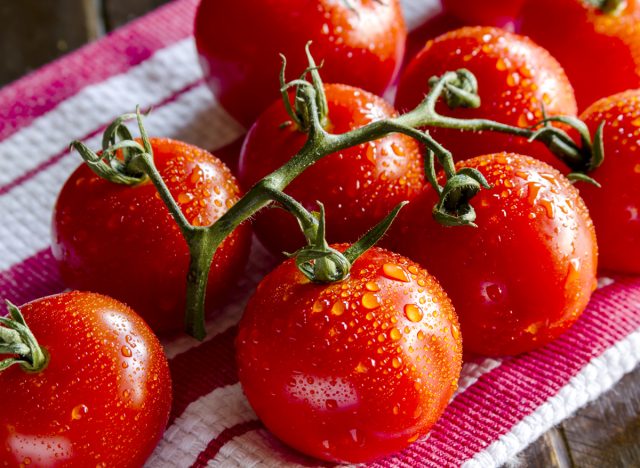


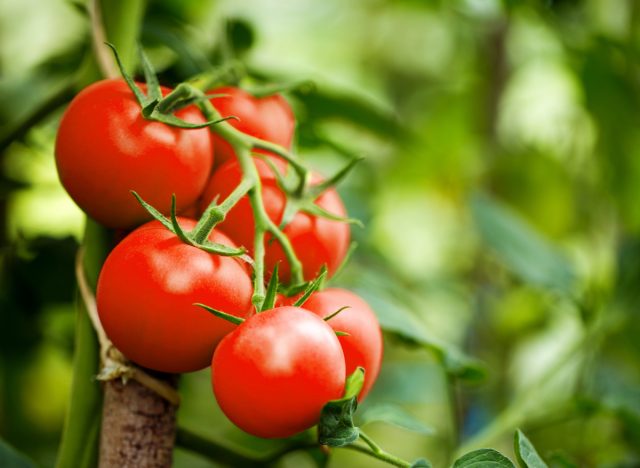
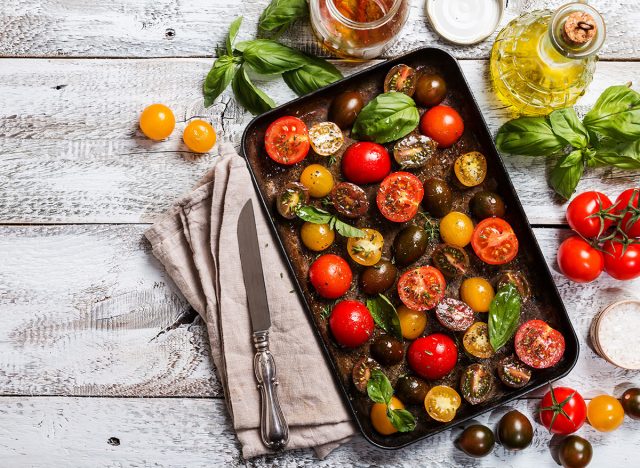
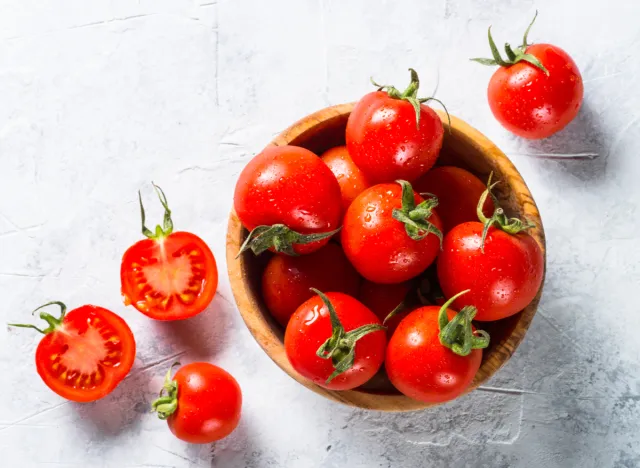


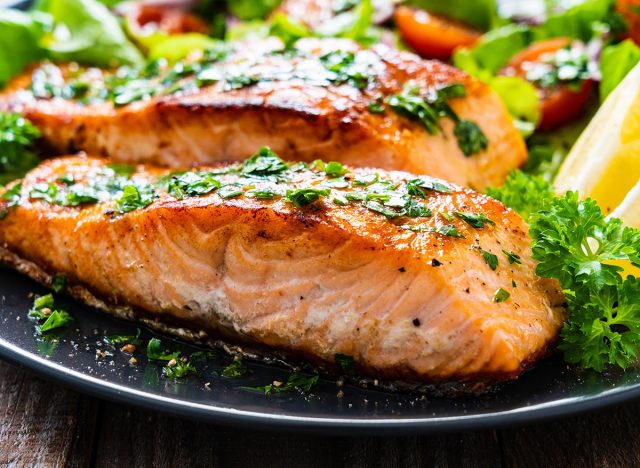


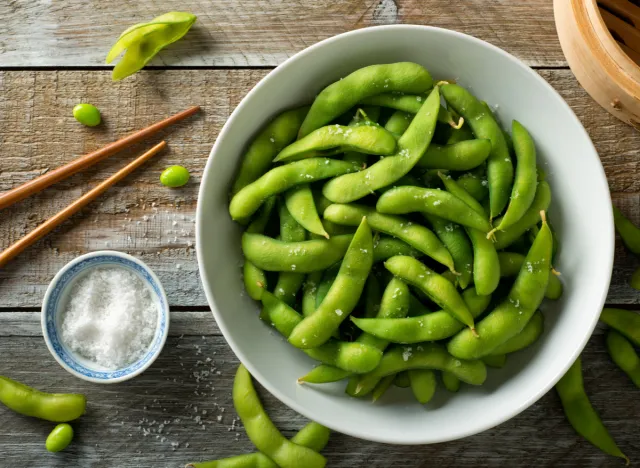
/cloudfront-us-east-1.images.arcpublishing.com/pmn/AYBJCXCO5VBALHF6FJIJ7XNM5Y.jpg)





